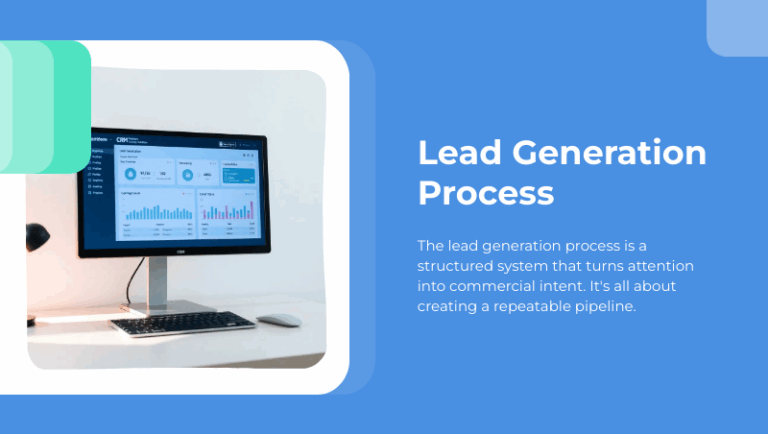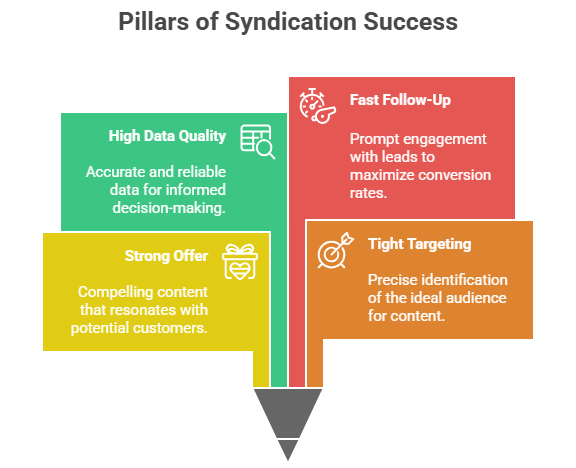Data drives business. It’s the foundation that all businesses are built on today. A monument built on sand would never be steady, and the shifting terrain would be challenging to build upon. Data standardization gives you solid information, letting you construct your marketing strategy on facts. It’s essential for everything from analytics to personalization. Therefore, it is critical to make intelligent and accurate business decisions about your data.

Effective data standardization relies on your ability to transform and manipulate data into a single consistent format regardless of the multiple systems, formats, and repositories that hold it. Any differences in data formats, rules, and collection methods could result in misrepresentations, introducing systematic analytics errors that can negatively affect your business’s success. Data standardization starts with centralization. We unify your disparate data files and sources to create one centralized intelligence database. Once all of your data is contained within one data set, our scientists get their data geek on.
Our data standardization process will transform your foundation from sand to solid cement. Most data sets face similar challenges due to different formats and entry requirements, such as inconsistent abbreviations, punctuation, capitalization, profanity, and special characters.
In our illustration, we identify three common areas of inconsistency requiring data standardization processing.
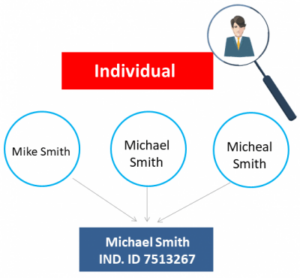
In the first example, we found three variations of an individual’s name within one customer file, creating serious duplication issues. In this database, Mike Smith had three different identities: Mike Smith, Michael Smith and Micheal Smith. We identified them all as the same individual and created a unique individual ID for Michael Smith, and then joined all of the trailer data that existed with each of the three contacts into one accurate and efficient record.
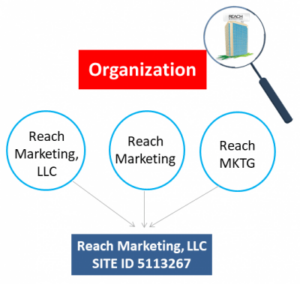
The organization example illustrates the data compilation inconsistencies that resulted in a single entity that had multiple entries within the database. None of these files were linked to each other as the same company. This resulted in significant discrepancies in reporting, personalization and account-based marketing execution. We linked these three distinct entries of Reach Marketing LLC, Reach Marketing, and Reach MKTG as one account of Reach Marketing, LLC. Then we created a unique site identification code and joined all of the trailer data that existed within that organization.
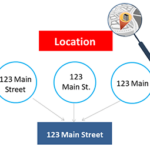
Because of poor compilation standards, some records in the location example were undeliverable due to incomplete address information. This cost our client a lot of time and money and lost sales opportunities. Our data standardization process connected all those records and created a unified address.

